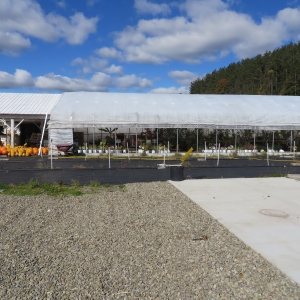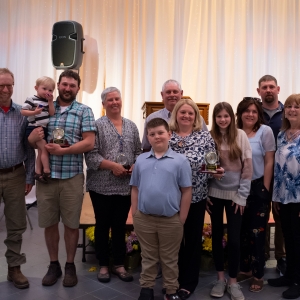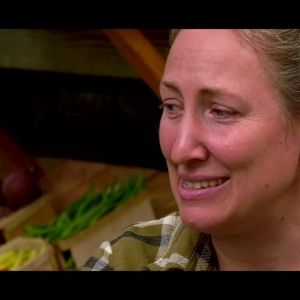Did you know, the best time to test your soil and adjust its pH level is NOW, in the fall, NOT in the spring! Any amendments you add to your soil can take up to 6 months to work their magic (i.e., lime or sulphur).
Cornell University Cooperative Extension Master Gardeners are hosting fall pH clinics starting Sept. 15th.
Your soil pH number is linked to how vigorously your plants will grow. Most gardens flourish in the range of 6.0-7.0, slight acidic to neutral. Many of us lucky enough to be within this range won’t have to add lime or sulphur to our soils. Many soils in Allegany County range in the mid to high 5.0’s (slightly acidic); the parent materials our soil is made from influences this number. This means soils that have not had amendments, such as compost, leaves, lawn clippings, etc., routinely added may require an addition of lime to meet the minimal neutral pH.
pH also affects what nutrients the plant can take up in its’ roots. When pH is high (over 7.0) iron, manganese, copper and zinc in the soil become unavailable to plants. Conversely, when pH is low (below 6.0) calcium, phosphorus, and magnesium become unavailable. The nutrient may still be in the soil, however it is bound up in the soil due to the pH and the plant cannot use it.
Have your soil tested for free to see if you need to add lime or sulphur to adjust the pH and see your garden respond next year! Limit of 2 soil samples per person.
Master Gardeners are hosting pH Clinics this fall where you can have your soil tested for free!
- Sept.14th 10 am – 12 pm, Scio - Riverside Sales MG’s Susan Duke, Mary Harris, Dave Chamberlain
- Sept. 21st 11 am – 1 pm, Alfred - Tinkertown Hardware MG’s Mary Lu Wells, David Shaut, Linna Roemer
- Sept. 28th 9 am – 12 pm, Cuba - Cuba Feeds MG’s Rick Martin, Charlie Jurenko, Carol Sitarki, Alan Oakley
- Oct. 5th 9 am – 12 pm, Caneadea – Transfer Station MG’s Rex Spencer, Linda Swain, Carol Sitarski, Joyce Fisher
For more information, contact Colleen Cavagna, at Cornell University Cooperative Extension, 585-268-7644 ext. 12 or cc746 [at] cornell.edu.
Instructions For Taking A Soil Sample For the pH Clinic
-
First determine how many samples to take. Different gardens/ beds, lawns, areas with different soil types, areas where amendments such as limestone were added, areas with plants having different pH requirements, good/bad areas, etc. should be sampled separately.
-
Individual samples should be taken from the upper 6 to 8 inches of soil.
-
Each soil sample is comprised of 5 to 10 individual samples obtained by walking back and forth diagonally across the area or randomly chosen throughout the area to be sampled.
-
Use a trowel to dig a small hole to the desired depth (6-8”). Remove a slice of soil from the entire side of the hole and place this in a clean plastic container after removing any grass, stones, or roots.
-
Repeat this procedure at each of the 5 to 10 random spots and place the soil from these spots in the same container.
-
Mix the soil thoroughly in the bucket; wearing clean gloves will reduce contamination of the soil sample.
-
Next remove two 8 ounce cupfuls of the soil in the container and place this in a plastic bag. If the soil sample is overly moist, allow to dry a few days. Secure the bag. This is your soil sample for that area.
-
Mark the outside of the bag with an identification (i.e. #1, #2, or “A”, “B”, or “East”, “West”, Upper Garden, Perennial Flowerbed, etc.). Keep the identification simple and something you will remember.
Repeat this entire procedure for each additional garden, landscape bed, lawn, etc.










